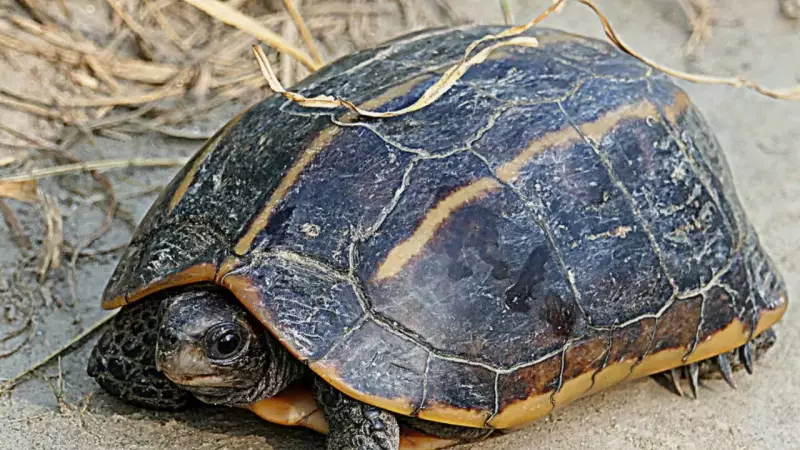
India's rich biodiversity is facing a silent crisis as seven magnificent turtle species teeter on the brink of extinction. These ancient mariners of our waterways are fighting a desperate battle for survival against overwhelming odds.
The Critical Seven: India's Most Vulnerable Turtles
Among the most threatened is the iconic Olive Ridley Sea Turtle, famous for its mass nesting rituals along India's eastern coastline. Despite being protected under Schedule I of the Wildlife Protection Act, these turtles face constant threats from fishing nets, coastal development, and plastic pollution.
Freshwater Warriors in Peril
India's river systems host several critically endangered species including:
- Northern River Terrapin - Once abundant, now critically endangered
- Red-crowned Roofed Turtle - Among the world's 25 most endangered turtle species
- Black Softshell Turtle - Found mainly in temple ponds of Assam and Bangladesh
Why Are These Species Disappearing?
The threats facing India's turtles are numerous and severe:
- Habitat Destruction: River pollution, sand mining, and dam construction are destroying nesting sites
- Illegal Wildlife Trade: Turtles are smuggled for meat, traditional medicine, and the pet trade
- Climate Change: Rising temperatures affect sex determination in turtle eggs
- Fishing Activities: Accidental bycatch claims thousands of turtles annually
Conservation Efforts Making a Difference
Several organizations and government agencies are working tirelessly to protect these species. From beach patrolling during nesting seasons to community-based conservation programs, multiple initiatives are showing promising results.
What You Can Do to Help
Every individual can contribute to turtle conservation:
- Report illegal turtle trade to authorities
- Reduce plastic use to prevent ocean pollution
- Support legitimate turtle conservation organizations
- Spread awareness about the importance of turtle conservation
The survival of these ancient creatures depends on immediate and sustained conservation efforts. As indicators of ecosystem health, their decline signals broader environmental issues that ultimately affect human wellbeing too.





